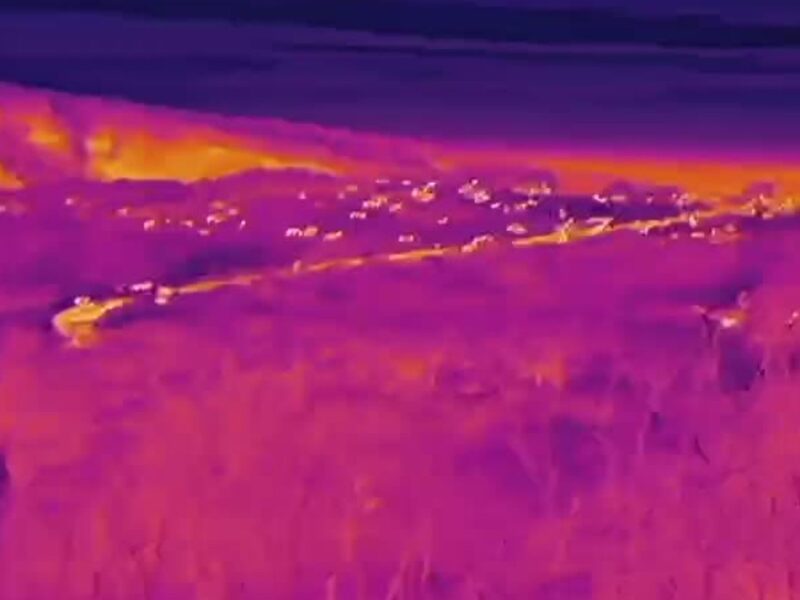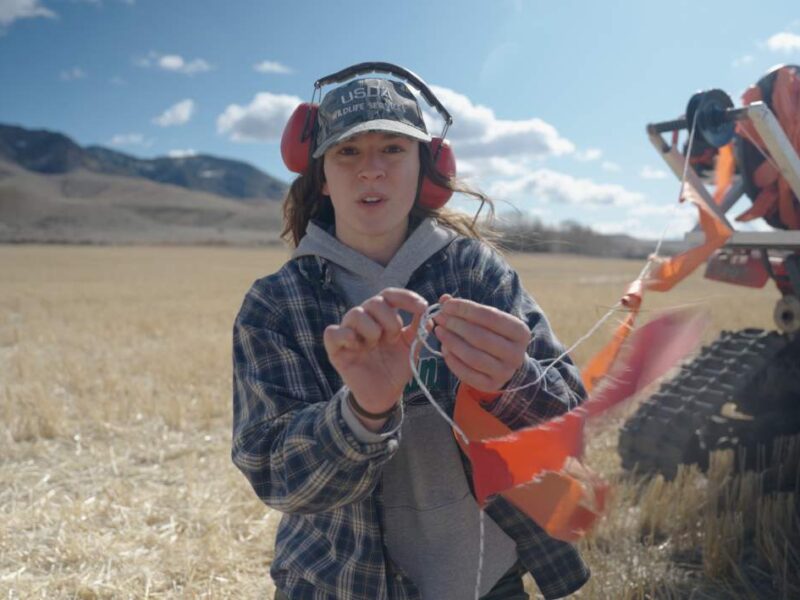
USDA WS to use $1.38M to implement and study nonlethal predation management
Wildlife Services (WS) is a program within the United States Department of Agriculture’s Animal and Plant Health Inspection Service. WS’ mission is to provide federal leadership for solutions to wildlife conflict as they negatively impact agriculture, human health and safety, natural resources, and property. WS uses a science-based Integrated Wildlife Damage Management (IWDM) approach, which employs and recommends a variety of tools and techniques to reduce damage from wildlife species. While these activities currently include mitigating damage from hundreds of different wildlife species, WS began in the western United States to assist in finding solutions to conflicts between predators and livestock. Livestock producers report annual losses to predators of more than 590,000 head of cattle, calves, sheep, lambs, goats and kids valued at $168M in 2015 National Animal Health Monitoring System Death Loss surveys. Additional livestock injured, but not killed, by predators are valued at $59.4M.
Money available in 12 states
Recognizing the need for more funding for nonlethal practices, the Natural Resources Defense Council (NRDC) and Defenders of Wildlife (DOW) advocated the WS program’s potential for nonlethal expansion before Congress. These groups called for additional funds for the WS program to increase nonlethal predation management in practice. In response, Congress appropriated $1.38M to WS’ FY20 budget to support the program’s nonlethal predator damage management activities. WS will distribute the appropriation to 12 states: Arizona, California, Colorado, Idaho, Michigan, Minnesota, Montana, New Mexico, Oregon, Washington, Wisconsin, and Wyoming. The states were chosen based on existing and potential conflict between large-carnivore predators and livestock. State programs will collaborate with state and local agencies, non-governmental organizations, and academia to expand the work through cost-share and cooperative funding.
WS will use this money to support operational efforts by hiring full-time or seasonal employees and to fund research evaluating the use of nonlethal practices. These positions are modeled after three successful WS nonlethal conflict reduction specialist positions previously created in collaboration with NRDC and DOW. Key duties performed by the new WS employees will include range riding, the utilization of deterrents, and installation and maintenance of fladry, electric fencing, and permanent predator fencing. Most states will also present workshops, educational sessions, and outreach that promote the best techniques for implementing all available nonlethal methods. Wildlife Services will purchase additional materials and tools needed to conduct these operational goals, and build inventories of supplies that can be used to establish loan programs for landowners.
Resources to study effectiveness, too
In addition to operational activities, WS National Wildlife Research Center (NWRC) will study the effectiveness of nonlethal management strategies to prevent livestock depredation. The study will also evaluate landowner attitudes: measuring rancher satisfaction with nonlethal techniques, identifying barriers to adopting the techniques, and assessing changes in producers’ attitudes towards nonlethal predator management as a result of their use of these techniques and assistance by WS personnel. NWRC will also assess the cost-effectiveness of the techniques used. Understanding these aspects of nonlethal predator damage management will be critical in increasing the successful utilization of these tools to reduce livestock loss.
Nonlethal specialists ready to help
WS has already hired several new nonlethal specialists and is actively recruiting for the remainder. WS looks forward to continuing increased use and understanding of nonlethal methods to prevent or reduce killing of livestock by predators and is actively engaging with other practitioners (including Western Landowners Alliance, other non-governmental organizations, and other wildlife agencies) to research and develop these tools. WS is committed to impacting positive change for producers, as well as contributing to the science and further development of nonlethal methods as a part of IWDM for reducing predator damage to livestock, as a result of the increase in our FY20 budget.
Landowners in these 12 states interested in learning more about the program should call their state’s WS State Office at 866-4USDA (1-866-487-3297). Many of the preventative or nonlethal tools developed and improved by U.S. Department of Agriculture’s (USDA) Wildlife Services are available on line at: Nonlethal Tools for Wildlife Damage Management. The system works best when viewed through your Google Chrome, Microsoft Edge, or Mozilla Firefox browser.
Featured image: Wildlife services employees install fladry on a ranch in Wyoming in 2016. Photo: Public Domain/USDA WS.




